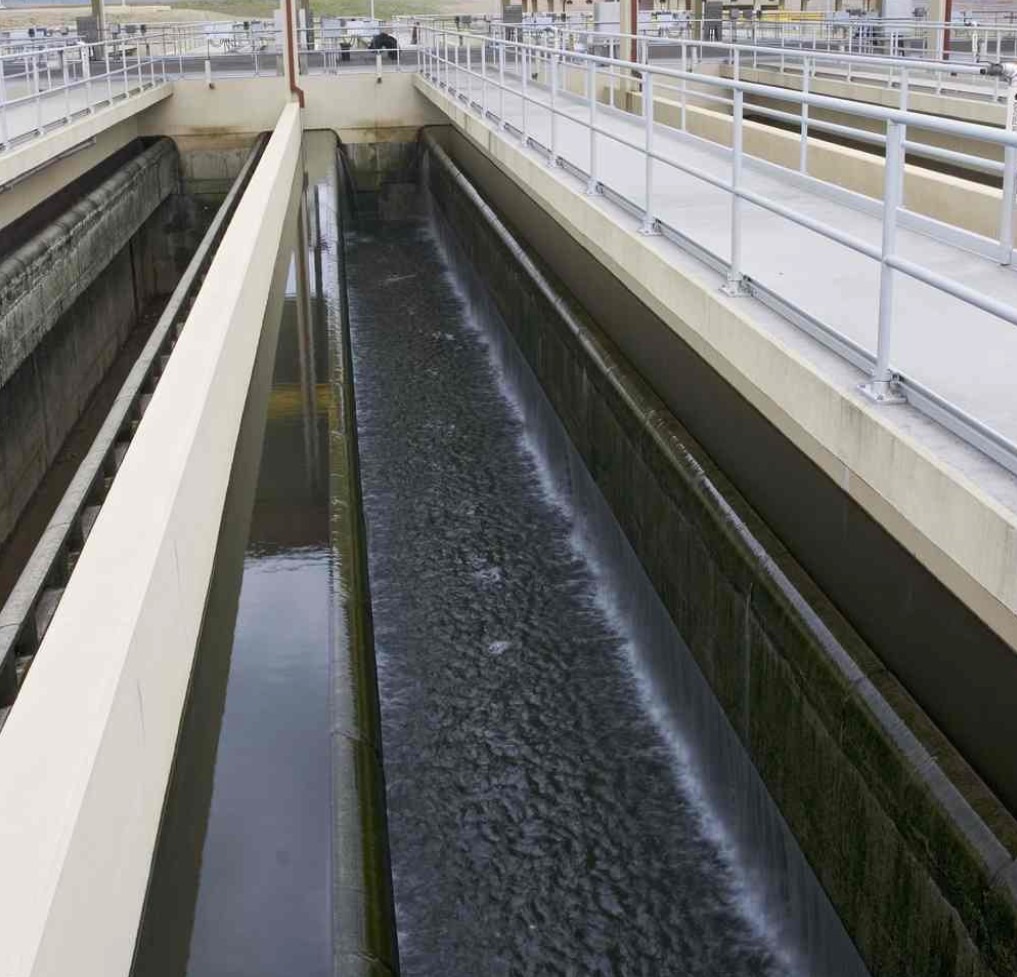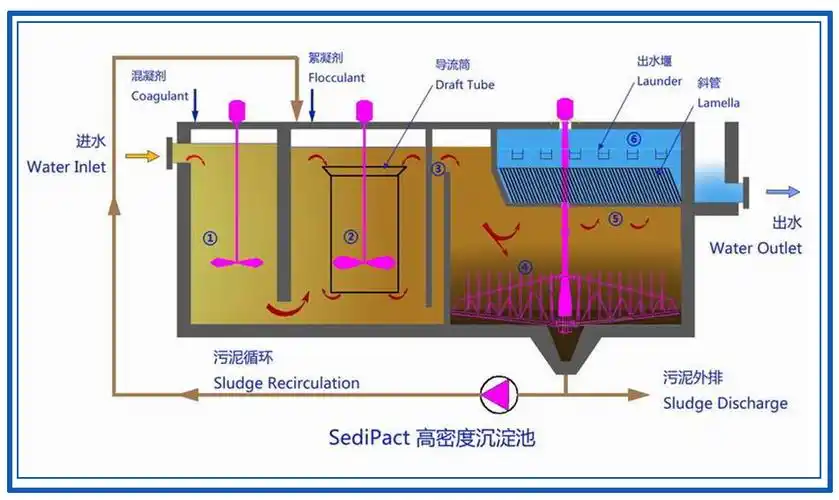Sewage treatment equipment classification
Sewage treatment equipment is the key equipment for treating and purifying sewage. According to different treatment principles and functions, sewage treatment equipment can be divided into many types. This article will introduce the classification of sewage treatment equipment in detail, including physical treatment equipment, chemical treatment equipment, biological treatment equipment, separation equipment and comprehensive treatment equipment.
Physical processing equipment
1.1 Screen equipment: The solid particles, suspended matter and other impurities in the sewage are filtered and separated by the size of the screen mesh.
1.2 Grit Tank: Use gravity to settle the sediment in the sewage in the grit tank, thus achieving solid-liquid separation.
1.3 Flotation equipment: By injecting gas to generate bubbles, the suspended matter in the sewage combines with the bubbles and floats up, thus achieving solid-liquid separation.
2. Chemical treatment equipment
2.1 Coagulant dosing equipment: Add coagulant into sewage to combine it with suspended matter in the sewage into larger particles for subsequent treatment.
2.2 Oxidant dosing equipment: By adding oxidants, the organic matter in the sewage is oxidized and decomposed, thereby reducing the concentration of organic matter in the water.
2.3 Neutralizer dosing equipment: Add neutralizer into sewage to adjust the acidity of sewage to achieve appropriate treatment conditions.
- Biological treatment equipment
3.1 Activated sludge method: Use the microorganisms in the activated sludge to degrade and decompose the organic matter in the sewage to purify the water quality.
3.2 Anaerobic treatment equipment: In an oxygen-free environment, anaerobic bacteria are used to degrade organic matter in sewage to produce methane and other renewable energy.
3.3 Biofilm method: By attaching biofilm on the membrane surface, microorganisms are used to degrade and decompose organic matter in sewage.
4. Membrane separation equipment
4.1 Microfiltration membrane: Use microporous membrane to filter sewage and retain larger particles such as suspended matter and colloids on the membrane surface.
4.2 Ultrafiltration membrane: Through the pore size selectivity of the ultrafiltration membrane, colloids, colloidal particles, colloidal solutes, etc. in the sewage are retained on the dewatering surface.
4.3 Reverse osmosis membrane: Through the selectivity of reverse osmosis membrane, soluble salts, organic matter, etc. in sewage are retained on the membrane surface to obtain pure water.
5. Comprehensive processing equipment
5.1 Activated carbon adsorption equipment: Use activated carbon to adsorb organic matter in sewage to remove organic matter and odor.
5.2 Ion exchange equipment: Use ion exchange lipids to adsorb and exchange ions in sewage to remove heavy metal ions, nitrates, etc. in water.
5.3 Coagulation and sedimentation equipment: Through the action of coagulants, the suspended matter in the sewage is combined into larger particles, which are then separated by sedimentation.
Conclusion: Sewage treatment equipment can be divided into physical treatment equipment, chemical treatment equipment, biological treatment equipment, membrane separation equipment and comprehensive treatment equipment according to different treatment principles and functions. Understanding different types of sewage treatment equipment helps to choose appropriate equipment for sewage treatment, thereby achieving effective sewage purification and resource recovery.






